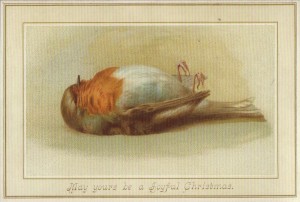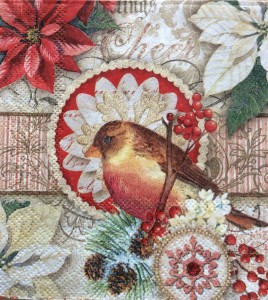A note from map artist, Lisa Middleton
Friends,we are all charting the course day by day in this confusing time. It seems if we miss the news a single day, everything changes the next, and the world is upside down. Kudos to all of you who are staying home to save lives! My sincerest regards to those who are personally affected by COVID-19. Thank you to those in essential industries who keep the world turning at times like this.
Maps represent our human experiences, memories, and a thousand little stories of the ancestors who beat impossible odds to create the historical maps we hold in our hands today. Our current circumstances are no less difficult, and we can chart the course together, day by day.

Best wishes during this tumultuous time,
Lisa Middleton, Great River Arts Artist and Founder
greatriverarts.com

Our maps are unique in the industry! You may have loved ones who had to cancel their vacation, or know of a young couple who had to cancel their wedding or honeymoon. Maybe there is a grandparent in your life who has to be alone in quarantine thousands of miles away from you. There is no better way to tell them you care than to send them a map of a memory, a family legacy or even their dream!
“In her hands, a torn black-and-white 1883 plat of Montana Territory blossoms into a vividly colored snapshot of what the land once was. It remains a map by definition, but by execution it is now an ornate showpiece fit for the living room wall, touched by an artist’s hand with its essential purpose still intact.”
Myers Reese, Montana Quarterly Fall, 2014
We invite you to browse our galleries of more than 400 antique, Mississippi River, East Coast, West Coast, and original custom designed map art at Great River Arts…. greatriverarts.com !! Enter a key word in the orange SEARCH BOX at the top of the map page to explore the cartographer, the year, region or title that is meaningful to you. We hope you enjoy this gift of art and history!!

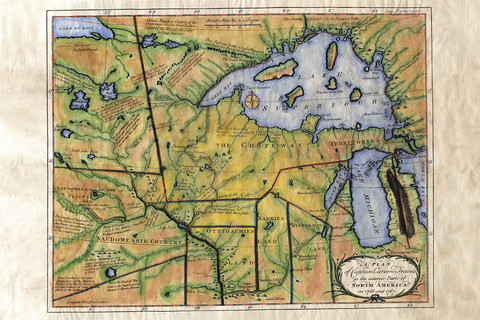
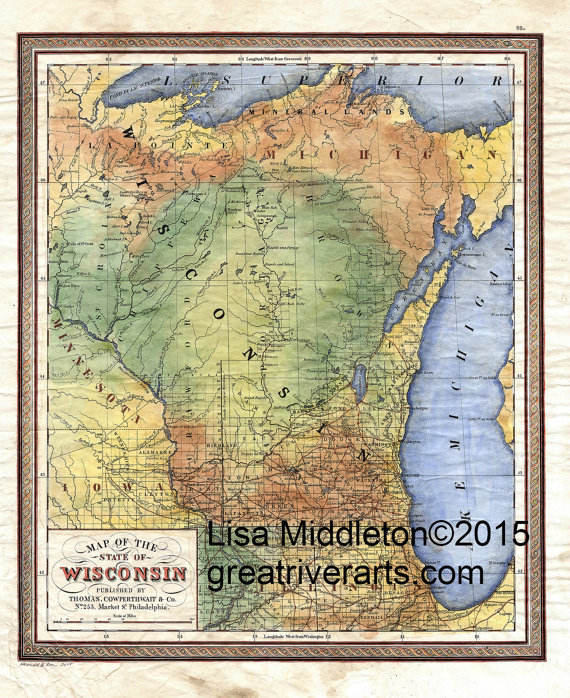
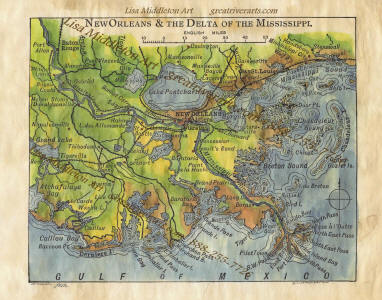
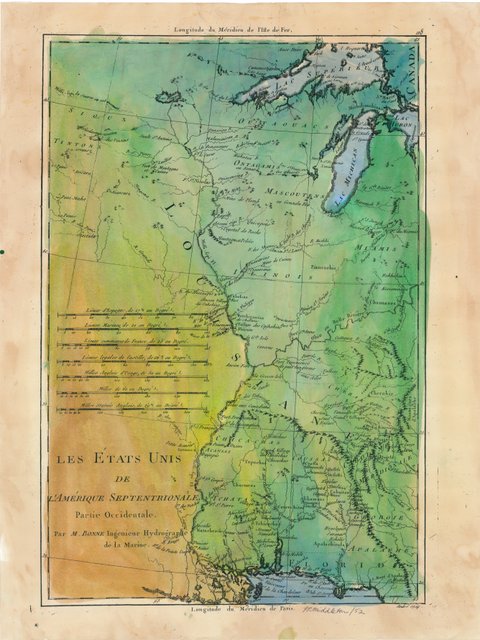
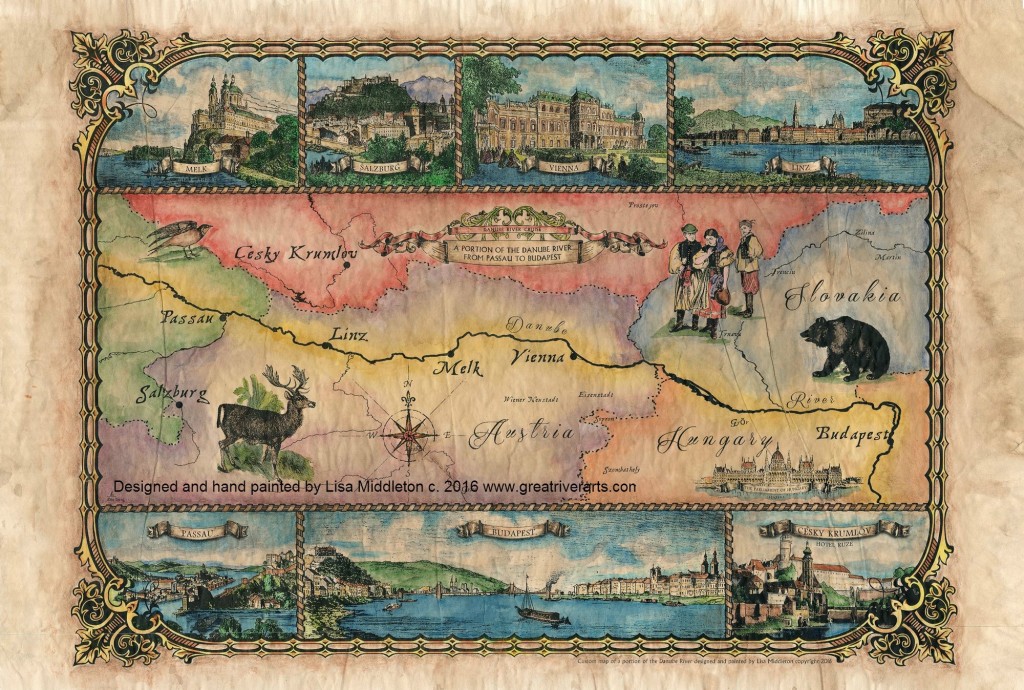
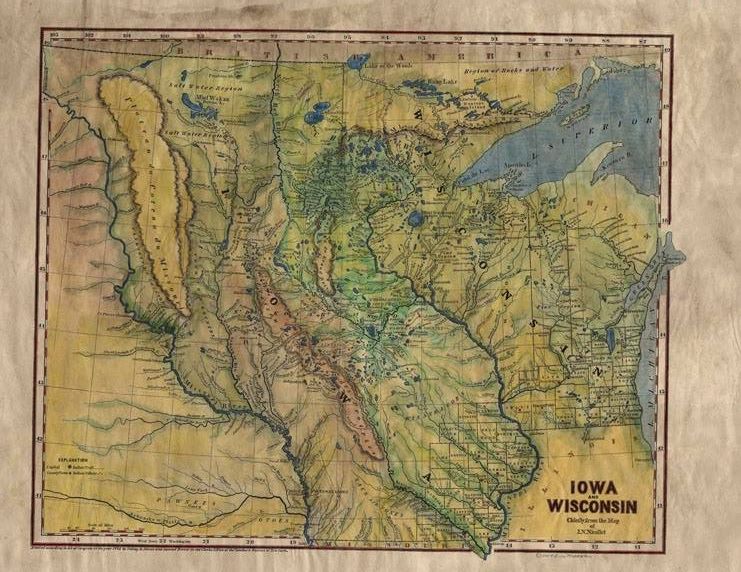

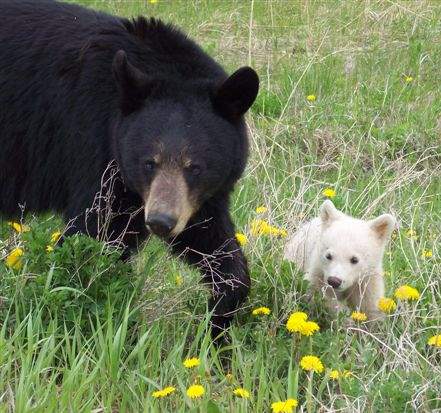




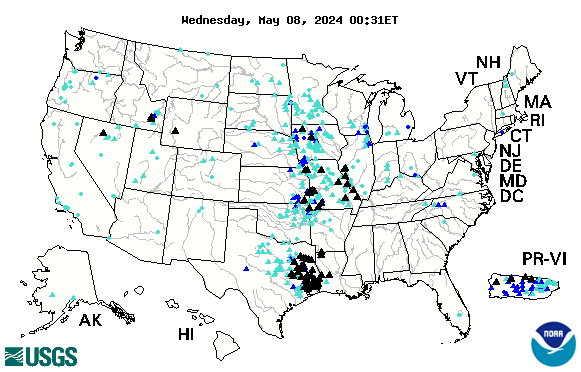

 NOWY OWL UPDATE: I post new updates every 10-15 days during November and I post new updates every 10-15 days during November and December. The latest is up on 2019-20 Update tab at:
NOWY OWL UPDATE: I post new updates every 10-15 days during November and I post new updates every 10-15 days during November and December. The latest is up on 2019-20 Update tab at: 